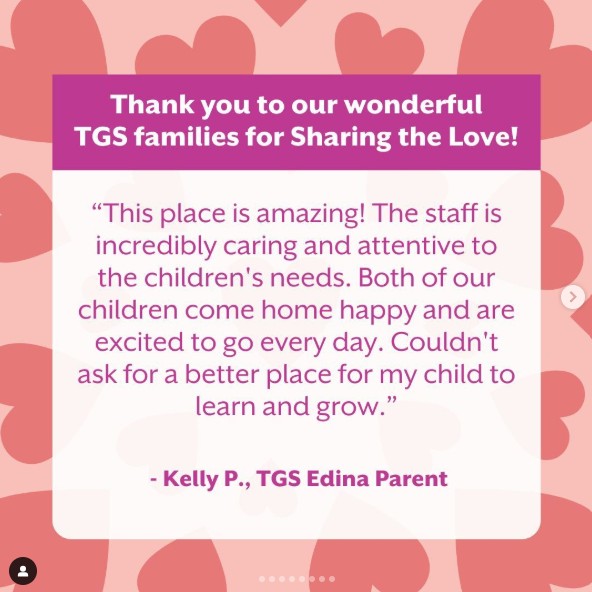At Green Apple Strategy, we’ve always believed there’s a better way to do marketing. That belief began in 2012 when we set out to build a different kind of marketing agency—one focused not just on delivering tactical marketing services, but on offering true strategic support to help businesses grow.
Today, that mindset shapes everything we do, from how we serve our clients to how we build our team. While our core team is based in Nashville, we’ve also cultivated something unique behind the scenes: a hand-selected, growing network of freelance marketing talent we call The Orchard.
Today, The Orchard includes nearly 20 creative and technical professionals, each bringing specialized expertise, fresh perspective, and a deep commitment to helping our clients succeed. While we’ve touched on the advantages of The Orchard in the past, such as the access to top-tier talent and the ability to assemble dream teams tailored specifically to the needs of each Green Apple client, we wanted to peel back another layer.
Top Industry Talent in Virtually Every Area of Marketing Expertise
One of the greatest strengths of The Orchard is its depth and diversity. Instead of relying on a fixed internal team to cover every skill set, we tap into seasoned specialists with deep experience in their field. That means clients get experts, not generalists
Here’s a quick tour of the types of talent we work with and an explanation of how they bring strategy to life for our clients:
1. Content Strategy and Development
Content is the backbone of modern marketing. In fact, 70% of marketers are actively investing in content marketing because of the long-term value it delivers. That’s why we partner with content strategists and writers who don’t just write blogs, they think holistically about messaging, voice, SEO, audience needs, and strategic storytelling.
Many of our content partners have decades of experience across industries, allowing us to build content strategies that drive engagement and support big-picture business goals.
2. Videography and Photography
We all know video can be one of the most compelling ways to connect with an audience, but it can also be expensive and complicated to produce. That’s where our creative partnerships shine. We collaborate with companies like lilDRAGON and trusted freelance photographers and videographers to deliver high-quality, award-winning content without the usual production headaches.
Our partners in The Orchard bring ingenuity and a commitment to excellence that enables us to pair the ideal visual storyteller with each project, ensuring impactful content.
3. Graphic Design
Graphic design is a key component of how brands communicate visually and emotionally. Because of The Orchard, we’re able to work with designers who specialize in everything from healthcare to hospitality, tailoring visuals to each client’s unique brand and audience. This approach helps us avoid the creative ruts that can come from relying on a single style or designer.
4. Web Development
Our selected web developers are chosen because of their ability to create memorable digital experiences that align with our clients’ goals. User experience, keyword optimization, technical performance, and accessibility are all top priorities. The developers we work with bring a strategic lens to every step of the process. It’s the perfect blend of form and function.
5. Email Marketing and Social Media
Trends change fast in email marketing and social media, but we stay ahead by working with specialists who live and breathe these platforms every day. Our Orchard partners help us apply best practices, test new formats, and keep clients relevant and visible across the channels that matter most.
6. SEO and Digital Advertising
Many agencies treat SEO and paid advertising as afterthoughts. Not us. We partner with experts who specialize in these fields, people who are constantly testing, optimizing, and analyzing performance to deliver results. This level of skill is essential to staying competitive online.
7. PR and Media Buying
From traditional media outreach to digital PR and crisis communications, our PR partners bring decades of experience and strong industry connections. They help our clients gain visibility, protect their reputations, and share their stories in ways that truly resonate. It’s just one more example of how we think beyond tactics to support long-term brand success.
What Orchard Members Have to Say
The heart of The Orchard lies in the talented individuals who contribute their unique skills and passion to our clients’ success. We often hear from our Orchard partners that working with Green Apple is different. Here’s a glimpse into their experience working with our core team:
“Green Apple Strategy exceeded all expectations on a recent video production project,” shared videographer Chase Johnson. “They were organized, proactive, and always one step ahead. Their attention to detail and communication made the entire process smooth and stress-free.”
Content strategist Jeremy Chandler added, “If I had to pick one thing that sets them apart, it’s their genuine care for client success. They go above and beyond—not just for marketing projects, but for the client’s overall business. Green Apple truly embraces a partnership mentality.”
Amanda Monroe, an email marketing strategist, shared, “As an Orchard member, I appreciate that I’m still fully part of the team, embedded in each client’s strategy. The Green Apple team provides their invaluable marketing strategy and business insights, which I can apply to my area of expertise, email marketing, and level up the client’s success.”
“Green Apple Strategy is one of the most positive, longstanding contract relationships I’ve had over the past seven years,” shared Meghan Clark, one of Green Apple’s content specialists. “The core team is skilled, communicative, and warm. Getting to collaborate with them and other Orchard members is a privilege.”
Want to Work With Us—Or Join Us?
If you’re a business seeking a fresh, strategic approach to marketing or a freelance marketing specialist looking for meaningful work with a team that values your input, The Orchard is the place where connection and creativity thrive.
Ready to learn more about how we work or think you’d be a great fit for The Orchard?
Get in touch. We’d love to hear from you.




















